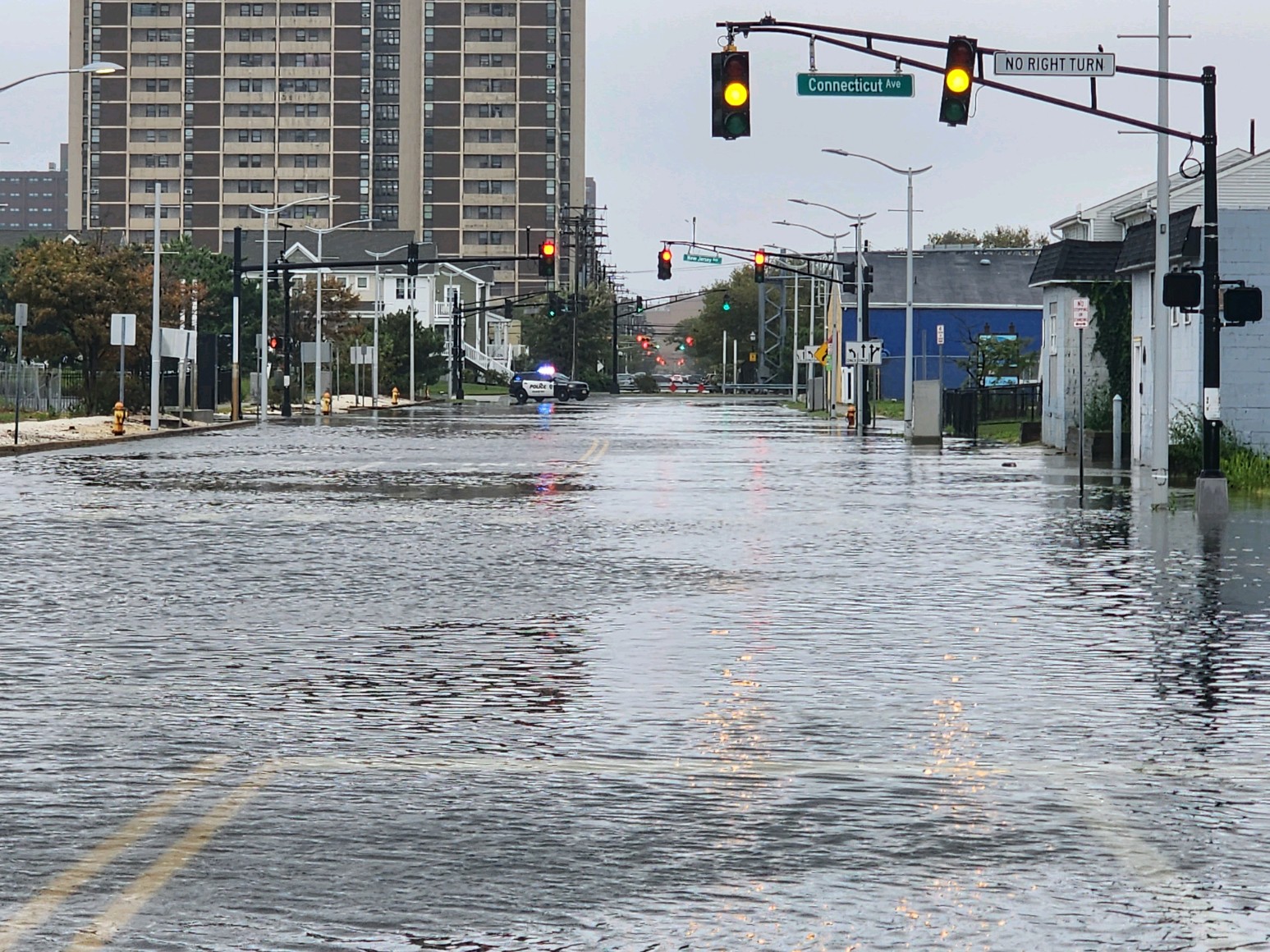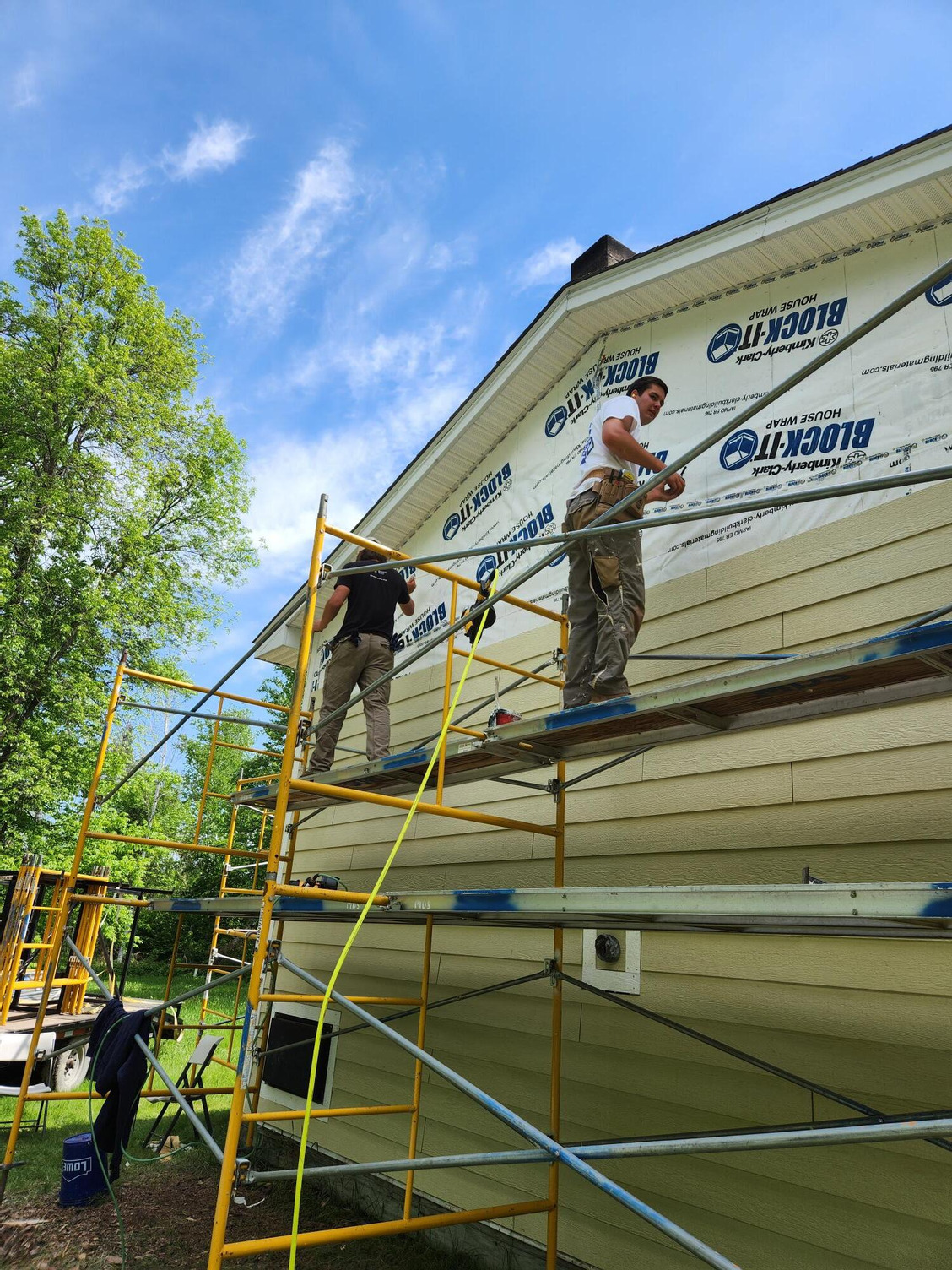What we’re watching: Weekly disaster update, September 25

We know all too well that disaster can strike anytime, anywhere in the world. Some disasters make headlines; others do not. Here at the Center for Disaster Philanthropy (CDP), we monitor the status of disasters worldwide and compile a list of the ones we’re tracking weekly, along with relevant disaster-related media coverage.
Here’s what we’re watching for the week of Sept. 25, 2023.
New or Emerging Disasters
Tropical Storm – U.S. East Coast: Tropical Storm Ophelia made landfall near Emerald Isle, North Carolina, with near-hurricane-force winds of 70 miles per hour before being downgraded to a tropical depression the evening of Sept. 23. The storm brought heavy rain across a large swath of the mid-Atlantic, including Virginia, Maryland, Delaware, New Jersey and New York.
States of emergency were declared in Virginia, North Carolina and Maryland. The storm did not result in widespread damage but did have localized impacts up and down the East Coast. The Baltimore, Maryland, metro area saw flooding, as did riverfront communities in North Carolina, such as New Bern, Belhaven and Washington. Thousands of homes and businesses were without power through Sept. 23, but power was mostly restored the following day.
Floods – Guatemala: Heavy rains on Sept. 24 caused the Las Vacas River in Guatemala City to flood, killing one child and leaving 18 people missing. The floods swept away at least six homes, according to authorities. An AFP News Agency video published on Sept. 25 showed rescuers searching for the missing. Guatemala’s national disaster agency said at least 29 people have been killed due to floods in Guatemala this rainy season.
Spring Tide – South Africa: On Sept. 25, authorities said two people were dead and several more injured after huge ocean waves caused by a phenomenon known as “spring tide” crashed into coastal areas of South Africa. The country’s weather service said waves as high as 31 feet (9.5 meters) were measured, with some buildings and cars being damaged.
According to the National Ocean Service, the term “spring tide” is derived from the concept of the tide “springing forth.” Spring tides occur twice each lunar month all year, without regard to the season.
Previous/Ongoing Disasters
Earthquake – Morocco: The Sept. 8 magnitude 6.8 earthquake that shook the High Atlas Mountains was the strongest to hit Morocco in at least 120 years. Moroccan authorities are leading all response activities, and as with all disasters, disaster survivors are the first to respond and have joined in the relief efforts by assisting one another.
In a presentation at parliament, the minister in charge of the budget, Faouzi Lekjaa, reported that at least 59,674 houses were damaged, of which 32% have collapsed, and 2.8 million people were affected. Morocco’s government has announced a budget of more than $11 billion for reconstruction, rehousing and socio-economic development.
For more, see our 2023 Morocco Earthquake disaster profile.
Floods – Libya: More than two weeks have passed since Mediterranean Storm Daniel passed through eastern Libya over the weekend of Sept. 9, bringing heavy rainfall and flooding that resulted in large-scale destruction. The death toll figures vary depending on the source and range from more than 4,000 up to 15,000.
The worst-affected areas are the cities of Derna and Sousa, along with the neighboring towns of Al Bayada and Al Makhaili, says the UN Office for the Coordination of Humanitarian Affairs.
Of the 43,000 people displaced by the floods, the UN Children’s Fund estimates that at least 17,000 may be children. Libya’s chief prosecutor has ordered the detention of eight officials pending an inquiry into the collapse of two dams.
For more, see our 2023 Libya Floods disaster profile.
In addition to the disasters listed above, we actively monitor the following disasters or humanitarian emergencies. For more information, see the relevant disaster profiles, which are updated regularly.
- 2023 Atlantic Hurricane Season
- Horn of Africa Hunger Crisis
- 2023 North American Wildfires
- Sudan Humanitarian Crisis
- 2023 US Tornadoes
- 2023 Turkey-Syria Earthquake
- Ukraine Humanitarian Crisis
U.S. Midwest Low-Attention Disasters
The Midwest is regularly faced with low-attention disasters that affect people across the region. CDP’s Midwest Early Recovery Fund (ERF) effectively funds efforts that catalyze equitable disaster recovery.
These are some of the latest disasters and related news the ERF team is monitoring:
- President Biden approved a major disaster declaration for Missouri in the areas affected by the severe storms, straight-line winds, tornadoes and flooding from July 29-Aug. 14, 2023.
- According to a new report from Montana-based Headwaters Economics, rural and disadvantaged communities are missing out on federal disaster dollars from FEMA’s Building Resilient Infrastructure and Communities grant program.
Complex Humanitarian Emergencies – Colombia
Many places worldwide are experiencing emergencies caused by conflict, climate change, drought, famine, economic challenges and other conditions that combine to create a complex humanitarian emergency (CHE). CDP maintains complete profiles on several CHEs, and what CDP considers Level 1 CHEs are profiled in this weekly blog post and tracked.
Colombian President Gustavo Petro came to power last year intending to achieve “total peace” in Colombia. However, while the government has achieved progress with some rebel groups and is working towards negotiating peace deals, the peace strategy has experienced some setbacks. The country’s most powerful armed groups have grown stronger, according to experts, and although conflict with law enforcement has decreased, fighting between rival groups has risen.
In this context, millions live in extreme poverty, local officials struggle to stand up against rebel groups and guerillas and livelihoods and education are disrupted. Colombia also hosts refugees and migrants from neighboring countries, and by the end of 2022, Colombia was the country with the second largest internally displaced population in the world.
The UN Refugee Agency says Colombia’s legal framework is considered one of the most progressive and comprehensive in the world, and progress has been made in assisting internally displaced persons (IDPs). Yet, 62% of IDPs remain vulnerable as of 2021, and an unprecedented number of migrants and refugees are making the dangerous journey across the dense tropical jungle between Colombia and Panama known as the Darien Gap.
Additionally, the country has the highest recurrence of extreme events in South America. The World Bank says, “Rapid population growth in poorly planned urban areas, informal settlements, and densely populated coastal areas, coupled with the effects of climate change, are already exacerbating flooding and landslides in the country.”
Disaster risk reduction efforts continue, including a recent partnership with the Pacific Disaster Center to collaborate on a National Disaster Preparedness Baseline Assessment.
Upcoming webinar
Oct. 12: Disaster case management: Navigating recovery one person at a time

What We’re Reading
- Decolonise How? ‘We want to help you, but your government won’t let us.’ – The New Humanitarian: Writing in the aftermath of the Morocco earthquake global media coverage, Patrick Gathara says global media outfits must rethink how they cover humanitarian crises.
- African Philanthropy Conference 2023 – Alliance: The African Philanthropy Conference is an annual gathering of the continent’s philanthropic institutions and stakeholders. Alliance compiled interviews, conference reports and delegate reflections.
- US sets record for billion-dollar weather disasters in a year — and there’s still 4 months to go – The Associated Press: The National Oceanic and Atmospheric Administration announced on Sept. 11 “that there have been 23 weather extreme events in America that cost at least $1 billion this year through August, eclipsing the year-long record total of 22 set in 2020.”
- Insurance premiums could surge in these American cities because of climate disasters, new data shows – CNN: Analysis from the nonprofit research group First Street Foundation found “nearly 39 million homes and commercial properties – about 27% of properties in the Lower 48 – are at risk of their premiums spiking as insurers struggle to cover the increasing cost of rebuilding after disasters.”
- Lee reminded us there are worse things than being overprepared – Bangor Daily News: Following Lee’s passage and less than anticipated impacts, the BDN Editorial Board said, “The worst case scenarios for individual storms might not all come to fruition, but we still need to be prepared for them.”
Seattle Office of Emergency Management deserves kudos for this clever video using Taylor Swift’s 2023 Eras Tour stop to promote emergency preparedness.
